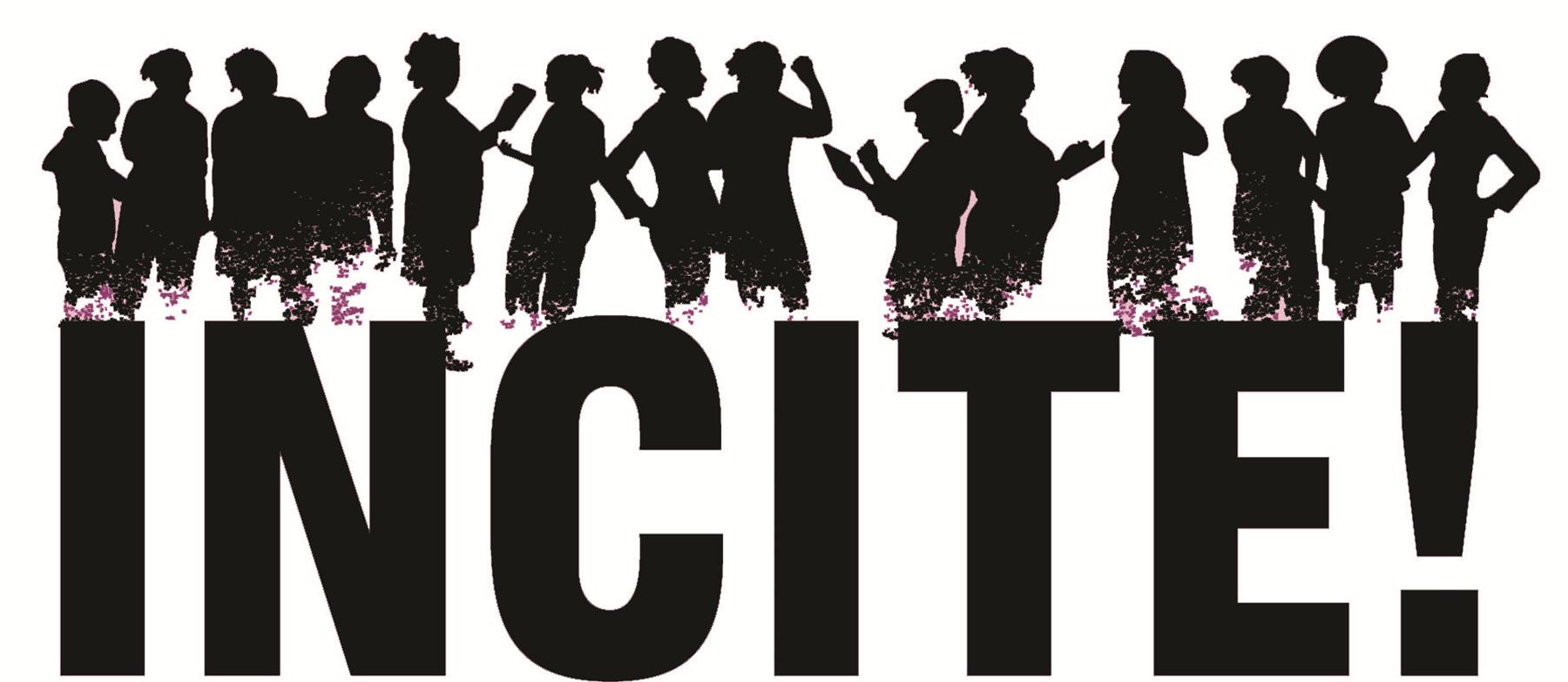Women of Color and Welfare
From: Working Hard, Staying Poor, published by the Women of Color Resource Center
Welfare reform reduced welfare rolls by more than half, dropping the number of welfare recipients from 4.6 million to 2.4 million by 1999. However, while many have left the system, few are thriving.
Work is at the core of the new welfare system, which now encourages, pressures and finally coerces women into the labor market. Most former recipients have moved into low-wage and contingent work. Few families who have moved from welfare to work are experiencing better economic conditions. Of even greater concern are those former recipients who have left the system but have not found employment. Many more people left the welfare system than have entered the labor force. These families suffer the harshest effects of poverty and are at greatest risk of homelessness and hunger.
Worsening Conditions
Housing and Homelessness — Evidence is quickly piling up that welfare reform is contributing to rising levels of housing insecurity and homelessness, adding more pressure on the already stressed shelter system. Families are increasingly faced with the impossible choice of feeding or sheltering their family.
Food Security and Hunger — Welfare reform has made women’’s struggles to obtain food for themselves and their families more difficult. Studies show former recipients can’’t pay for sufficient food, skip meals, go hungry, or turn to food pantries and other emergency food assistance.
Child Care — Welfare reform eliminated the federal guarantee of childcare assistance to families working to get off welfare. With thousands of women entering the work force or attending school to meet welfare-to-work requirements, the demand for childcare has increased while the availability of high-quality affordable childcare has not.
Women of Color and Immigrant Women
Women from these communities, which are already characterized by significantly higher levels of poverty, have been particularly hard hit. In weakening the social safety net for the poor, welfare reform necessarily and discriminatorily has had its greatest effects on women from communities that are disproportionately represented among the poor.
White women are leaving welfare rolls at much higher rates than Black or Latina women, indicating white women are making a more successful transition into the labor force.
Some of the most punitive provisions of the new welfare laws are directed at immigrant women, who are not surprisingly reporting high levels of hardship.
For an extended analysis, see a full report Working Hard, Staying Poor by Linda Burnham and Kaaren Gustafson, published through the Women of Color Resource Center. Call 510-848-9272, email chisme@igc.org or visit their web page: www.coloredgirls.org for ordering information.
Facts about welfare and poverty
- Two out of three adult recipients of public assistance are women. One out of five children in America lives in poverty. Children are poor because their mothers are poor.
- In 1995, the median hourly wage that a woman earned in the United States was $10.82. For a family of four, that is only 135% of the poverty level.
- For every $1.00 the average man earned in 1997, white women earned 75 cents; black women 67 cents; Latina women 53.9 cents; and Asian Pacific American women earned 80 cents. The average annual income for American Indian families is $6,500 with unemployment rates as high as 90 percent on some reservations.
- In 1994, a full-time, minimum wage ($4.25) job paid only 75% of the federal poverty level for family of 3.
- The percentage of all workers with health insurance coverage has decreased, but more so for low-wage workers. In 1996, only 26% of low wage workers had health insurance coverage.
- Nationwide, the median wage for those with only a high school diploma fell by 6%, from 1980 to 1996, while the earnings of college graduates increased by 12%. Thus, the impact of anti-affirmative action legislation will contribute to the further impoverishment of women of color. Further, since the passage of welfare reform in 1996 practices huge numbers of welfare recipients enrolled in college programs are dropping out. Welfare reform has decreased the numbers of welfare recipients who will be able to become economically self-sufficient by earning a college degree.
- The low wages earned by workfare recipients undercuts unionized labor, resulting in the further impoverishment of working class communities.
- Most former welfare recipients who find work earn between $5.50 and $7.00 per hour. Median monthly earnings amount to $1,2149, not enough to lift a family out of poverty.
- 20-30% of those who leave welfare have no formal employment or employer-reported earnings.
- Many families lose income after leaving the welfare rolls, even if they find work. Cash earnings may go up, but not enough to make up for lost benefits.
- One-third of those who left TANF had to cut the size of or skip meals. 57% worried that food would run out before more money came in.
- Over half a million legal immigrants remain ineligible for Food Stamps due to the 1996 welfare law.
- 38% of welfare recipients have been unable at times to pay rent, mortgage or utility bills
- Meanwhile, the rich receive over $111 billion a year in government welfare.
For more information, contact the Welfare Warriors, 2711 W Michigan, Milwaukee, WI 53208, 414-342-6662.
